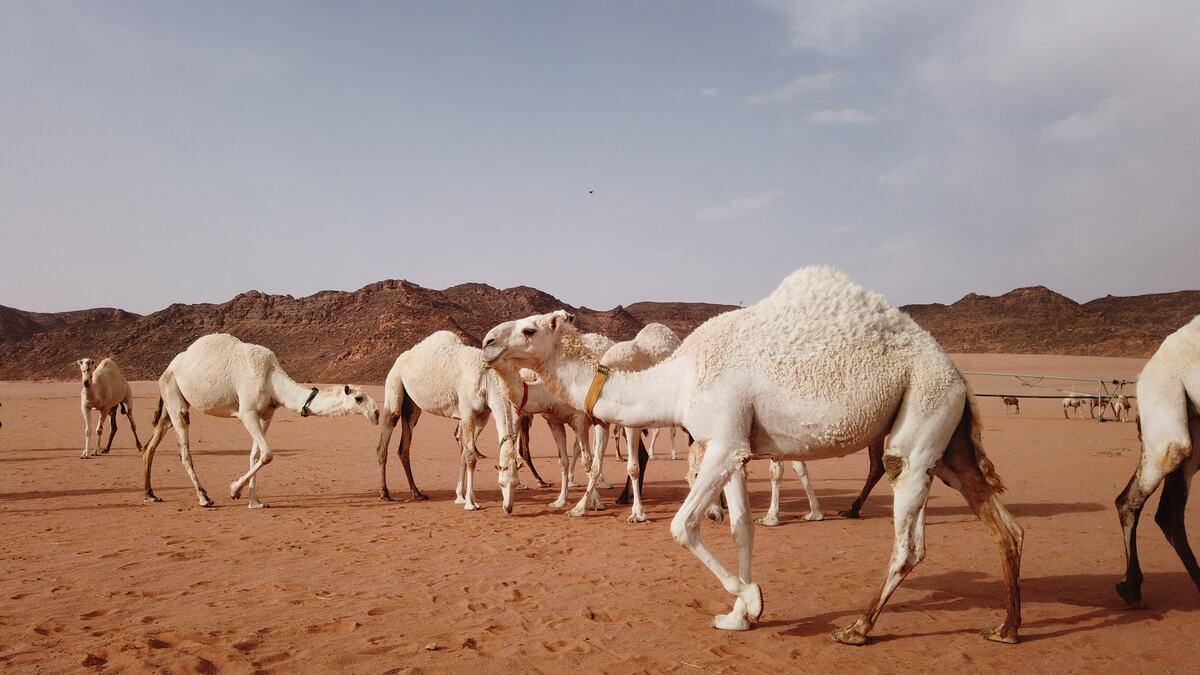
A rapid ecological survey at Haql Site, NEOM, Saudi Arabia
The Staterra team recently conducted a rapid ecological survey to characterise the biotic environment and identify ecological features at the WO-037 Haql Site in NEOM, Saudi Arabia.
The study focused on native tree species present in the area and aimed to translocate them to other sites in line with NEOM’s vision to preserve them.
The survey area is located in the north-west of the Kingdom, adjacent to the coastline of the Red Sea.
Our team of ecologists undertook a comprehensive drive-over with regular stops to record ecological features along the study area.
These features included key landscape features, flora and fauna species, human land use features, and a special focus on the Spiny-tailed Lizard Uromastyx aegyptea.
The team marked all arboreal species present along the inspection routes, but it should be noted that the recorded features are a subsample and do not represent all features present.
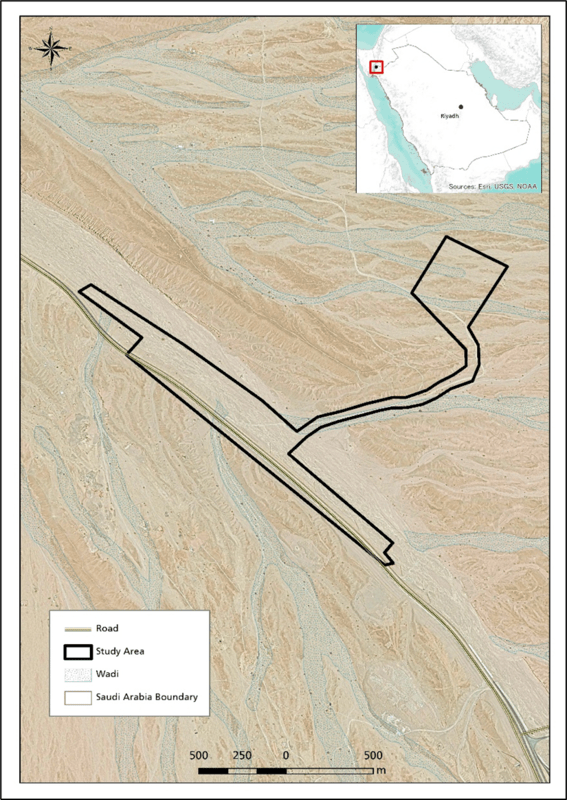
The study area is located within the Sudanian region, which is represented in the Kingdom along a relatively narrow strip along the Red Sea coast.
The area consists of gravel hills with hard substrate and a sand gravel wadi in the western part. The vegetation cover is overall low with less than 1%. Eighteen plant species belonging to fourteen families and seventeen genera were recorded in the study area, and two tree species were identified; Vachellia tortilis and Lycium shawii. A total of thirty-five Vachellia tortilis trees and eleven Lycium shawii trees were counted within the study area. The Spiny-tailed Lizard Uromastyx aegyptea was not directly observed, but six burrows were located, two of which were active.
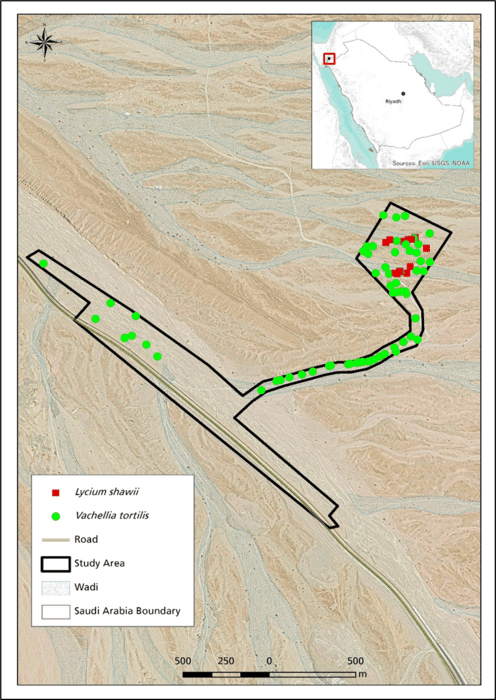
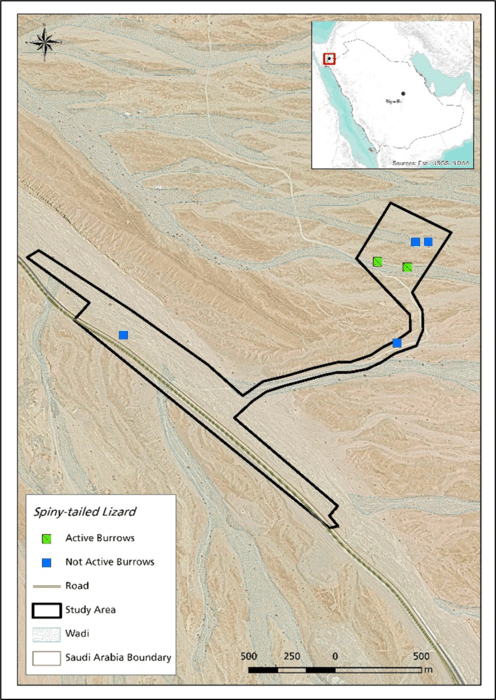
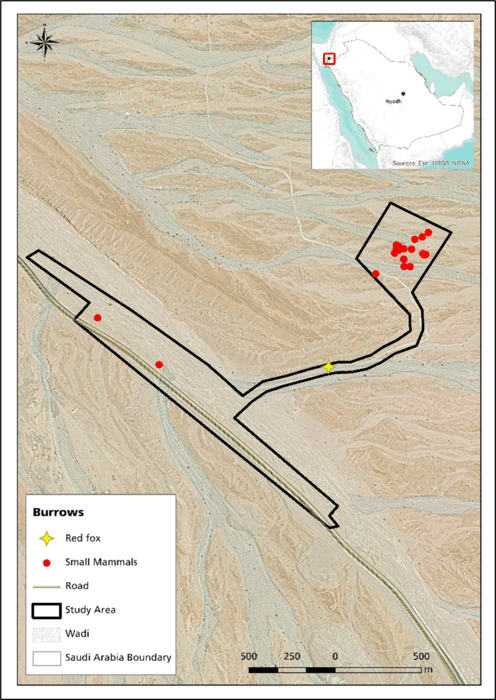
The rapid ecological survey provided valuable information on the biotic environment and ecological features present at the Haql Site. The survey identified the presence of native tree species, which can be translocated to other sites to preserve them.
The survey also identified the presence of the Spiny-tailed Lizard Uromastyx aegyptea, which is globally vulnerable, highlighting the importance of preserving the study area’s ecology. A thorough grasp of ecological and biodiversity-related factors is crucial when creating ecological constraint maps. Check out our guide about ecological constraint mapping.
A big thank you to our team, including Bilal Ayasrah, Sr. Consultant, Qamar Al Mimi, Consultant – GIS, Laith M. El Moghrabi, Principal Consultant, and Amer B. Al Zubaidi, Projects Manager. Their expertise and dedication to providing top-quality environmental management solutions are evident in the results of the survey and the actionable insights provided.
